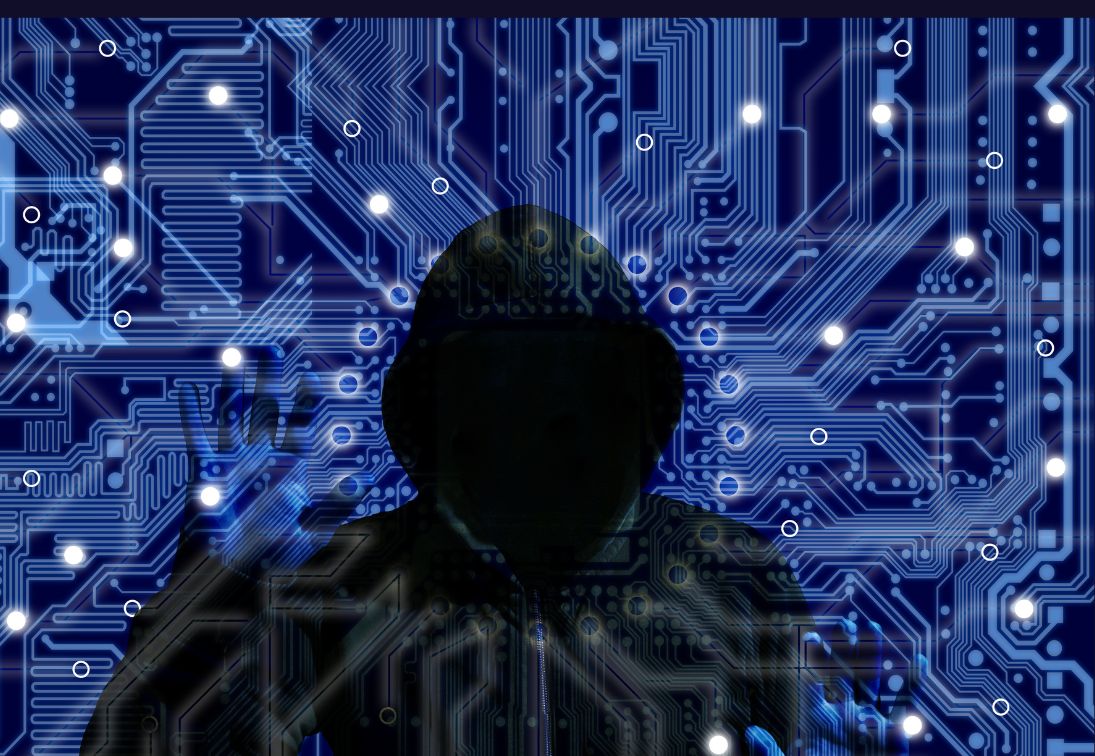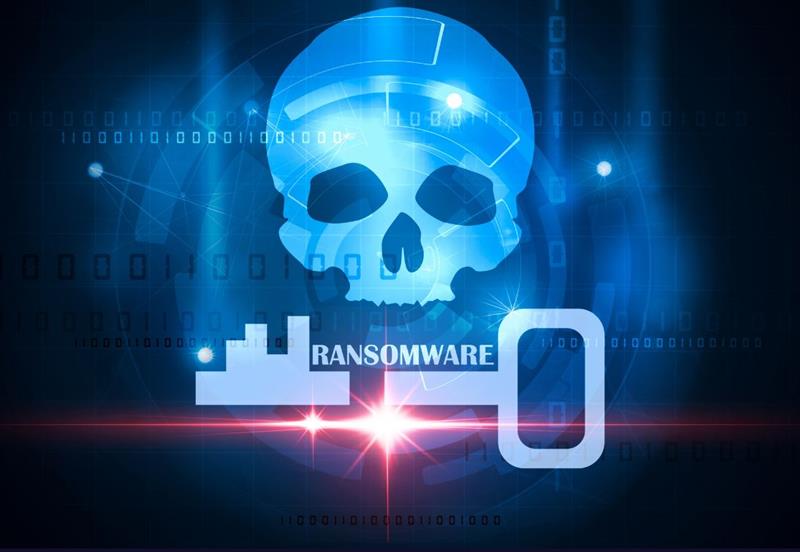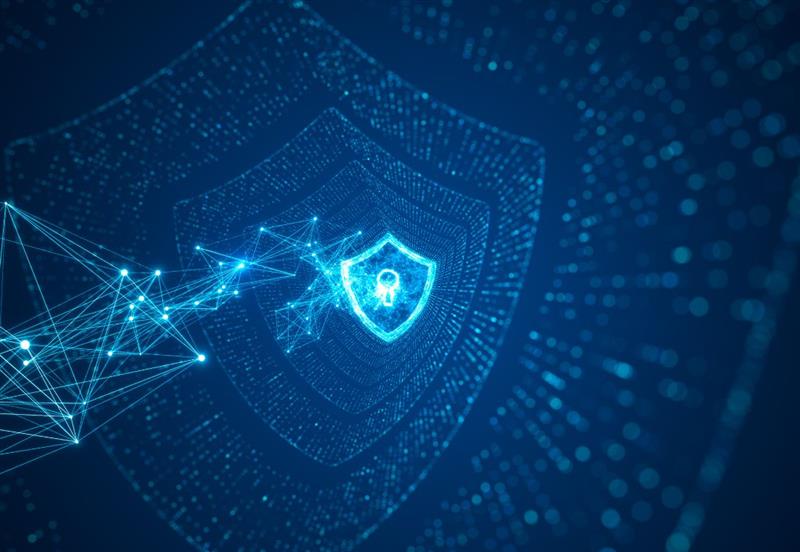In a world where CEOs pour millions into advanced technologies – from cybersecurity platforms to AI-driven defenses – the data tells a different story: Most damaging breaches don’t happen because of sophisticated hackers or zero-day exploits. They happen because of people.
The 2024 Verizon Data Breach Investigation Report, based on thousands of incidents worldwide, states that over 74% of breaches are directly caused by human factors: mistakes, negligence, weak organizational culture, or social engineering. Not code. Not firewalls. Culture.
Real-World Cases – When Culture Fails
A major U.S. bank lost 80 million customer records not due to a technical flaw, but because a junior employee uploaded a file to a public SharePoint folder, with no review process and no sense of ownership. A European pharmaceutical company was brought down by a phishing campaign when a senior executive clicked a malicious link – because the company culture made him believe security was “an IT problem,” not his. A tech startup collapsed when sensitive IP was leaked by a frustrated employee – the leadership failed to build trust and transparency, and paid the ultimate price.
In all these cases? The technology worked. The people didn’t.
The Problem: A Culture of “It’s Not My Job”
In most organizations there is a sharp divide: the CIO and CISO “own” security, while everyone else sees it as a technical matter.
A study of ENISA From 2023 found that on86% In the organizations that were hacked, employees knew that what they were doing was dangerous – but the culture made them ignore it:
“It’s not my job,”
“It’ll slow us down,”
“Better not speak up.”
The bottom line: you can spend millions on security technology, but as long as leadership doesn’t build a culture of shared accountability, the money is wasted.
The CEO Is the First Line of Defense – Not a Bystander
Executives need to internalize this: the gap is not technological. It is a leadership gap. The shift begins with boardroom language. Not by adding another tool, but by adding weight to culture.
Three principles that strong leaders use to close the human breach:
1. Transparency Builds Trust
A culture where it’s safe to admit mistakes without fear. When an employee reports clicking on a suspicious link instead of hiding it, they save the company. Studies show open cultures detect leaks three times faster.
2. Shared Ownership of Risk
The responsibility for security is not only theIT. It’s a business goal. Progressive CEOs are changing the discourse from “technology security” to “behavioral security”.
3. Continuous Training, Not Annual Campaigns
A once-a-year phishing workshop doesn't build culture. Culture is built through short, frequent, and routine-relevant training. Companies that implement this are successful in reducing60% The rate of clicks on malicious links (Data SANS).
A Story of Change – A Practical Example
In 2022, a global manufacturing company with 5,000 employees was hit by ransomware. After the shock, the CEO took a different path: Instead of adding more technology, he invested 70% of the security budget in cultural change – open forums between executives and teams, reward systems for risk reporting, and making “digital responsibility” a core value.
18 months later – the company reported zero significant leaks, an 80% drop in human errors, and an unexpected benefit:
higher organizational trust and cross-department collaboration.
The lesson? Culture protects you better than any firewall.
Your Next Move as CEO
The real question isn’t “Which system did we buy?” The real question is: “Am I leading a culture where every employee feels responsible for the company’s defense?”
If your answer isn’t an immediate yes, you have a breach – and it’s wider than any open port.
The bottom line:
Your greatest vulnerability is not technology.
Your biggest risk – and your biggest opportunity – is culture.
Leadership that understands this not only protects information, but builds a resilient, fast-moving company able to survive in a world where the next attack is only a matter of time..












